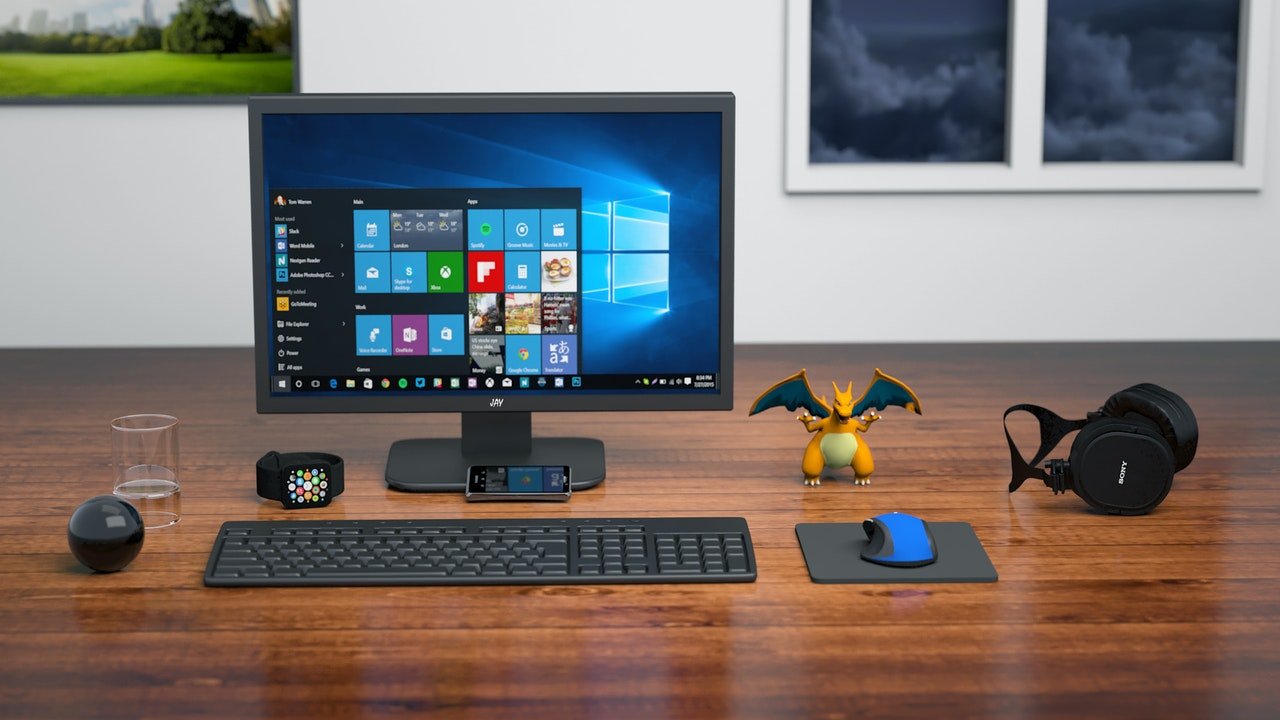How to apply maintenance to your computer?
By applying good maintenance to your computer you will be giving it a long life and optimal performance, which will allow you to use it when you need it. In general, this process consists of internal and external cleaning of each component, in order to prevent future failures and create a favorable environment.
Maintenance tasks for your computer
A computer is designed to function correctly at all times, but for this it needs certain maintenance tasks so that it continues to work with the same speed and efficiency as the first day.
Many people like to just turn on the computer, enter the username and password, look at the startup porno kurwa screen and start using the programs. But over time it is certain that from so much installing and uninstalling, filling the hard disk with files and using it daily, Windows will be discarded and the components will fill with dust.
It is an unavoidable matter, but it has a simple solution: a good maintenance of your computer. Although there are some automatic tasks that the same system executes, in general most of the actions you must do on your own, although it will not take you long and they are characterized by being simple.
Surely some of the ones that will appear below you will recognize, others perhaps not but they will be very practical to apply during the year. Your computer will thank you and you will notice the changes yourself in no time.
Empty trash
Depending on the files you delete, it is recommended that you empty the trash once a month. Remember to look at the content one last time, to make sure that there is not something important that you will regret once you delete it permanently.
Clean the PC
For your computer to function properly, you need to clean it frequently, so that dirt does not accumulate inside. Although, you have dust filters, this in the end always ends up entering until it is deposited in the internal hardw
In addition, it is always a good idea to keep peripherals, including the mouse, sex kamerki, headphones, mouse pad, keyboard, and monitor in good condition and clean.

Delete temps and caches
It doesn’t hurt to get rid of temporary files and folders that fill up when installing or uninstalling applications. Deleting them once a month will give you more disk space and lighten the system, which in turn will allow your computer to manage actions much faster.
Update operating system
Make sure that your computer’s operating system is updated with the most recent version, as this will ensure that you have the latest security options. In general, older ones tend to be less effective and have a higher risk of being attacked by cybercriminals.
In the case of consumer IT equipment, the ideal would be to leave the updates in automatic mode so that the same system can search, download and install the available version and make the security corrections.
Review installed programs
Even if you install and uninstall programs daily, it is essential that once every 6 months you review what is in your Windows to determine if you can get rid of something that is only taking up unnecessary space.
Scan your hard drive for viruses
Remember to be very careful with the pages you visit, links that you accept and emails that you open, as these may contain Trojans, worms, rootkits, Ransomware, among others.
It is ideal to run a thorough analysis of the hard disk once a month, in search of harmful programs that are affecting the operation of your computer. You can do this with your default antivirus or with an additional one, whichever is easier for you.


